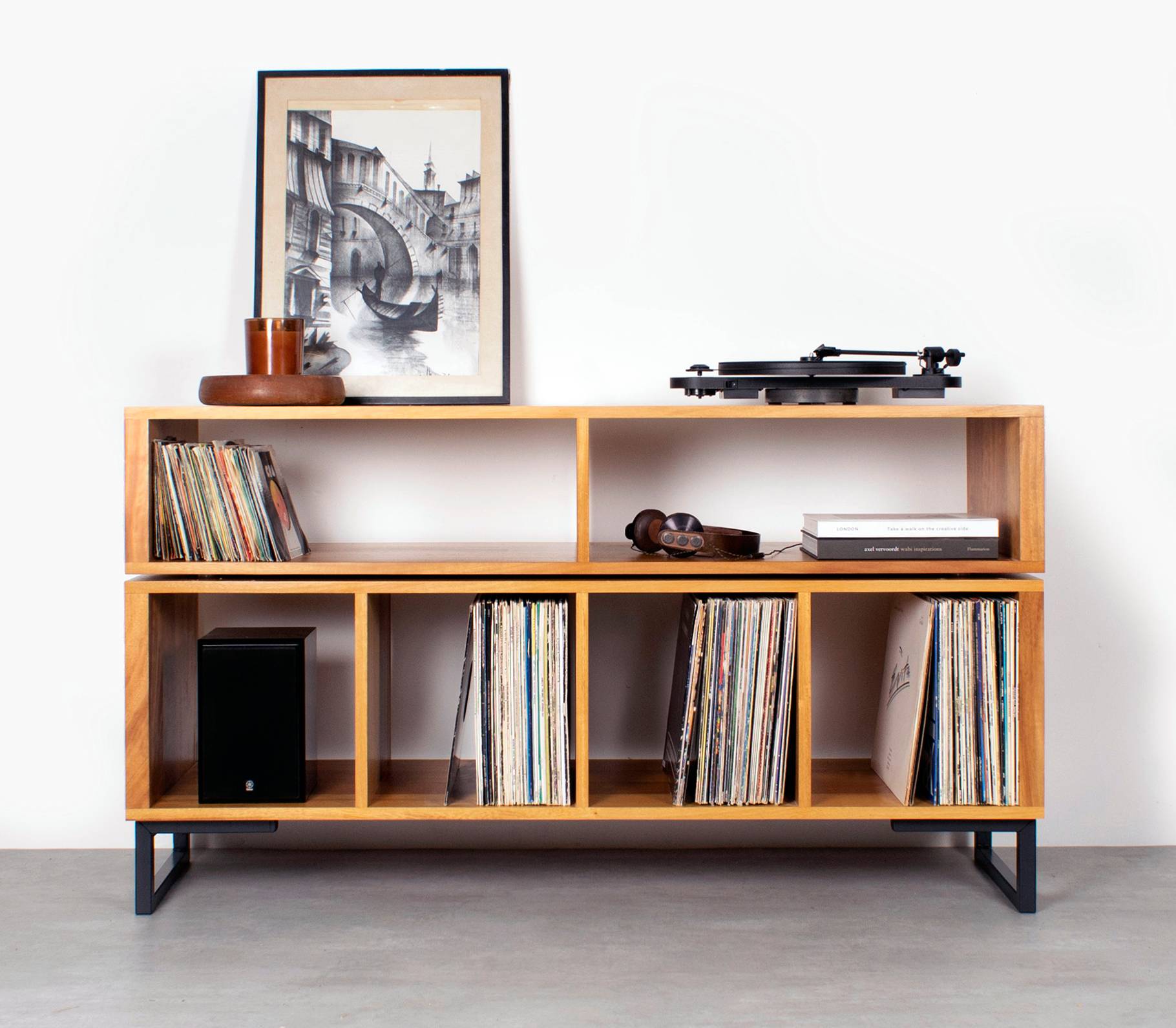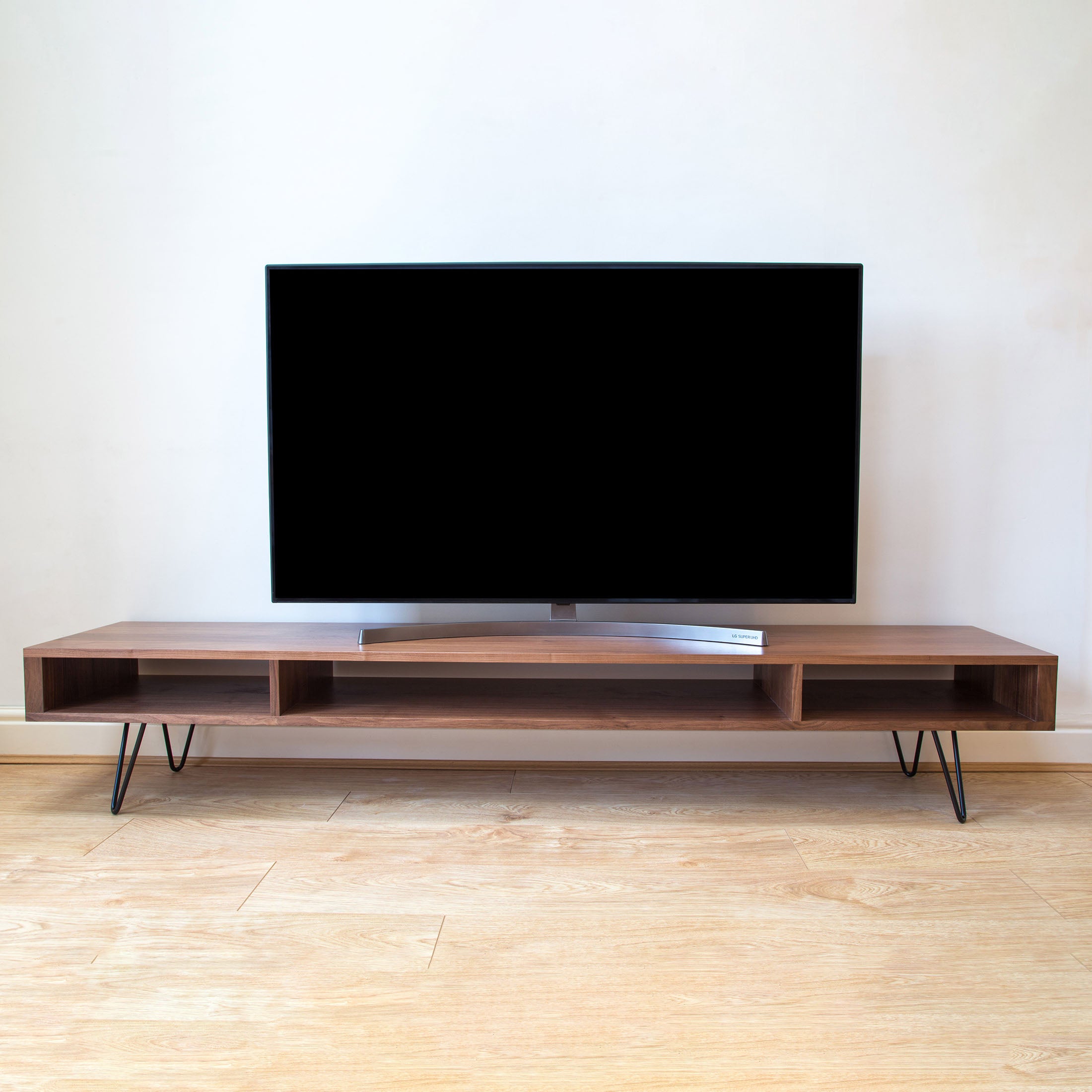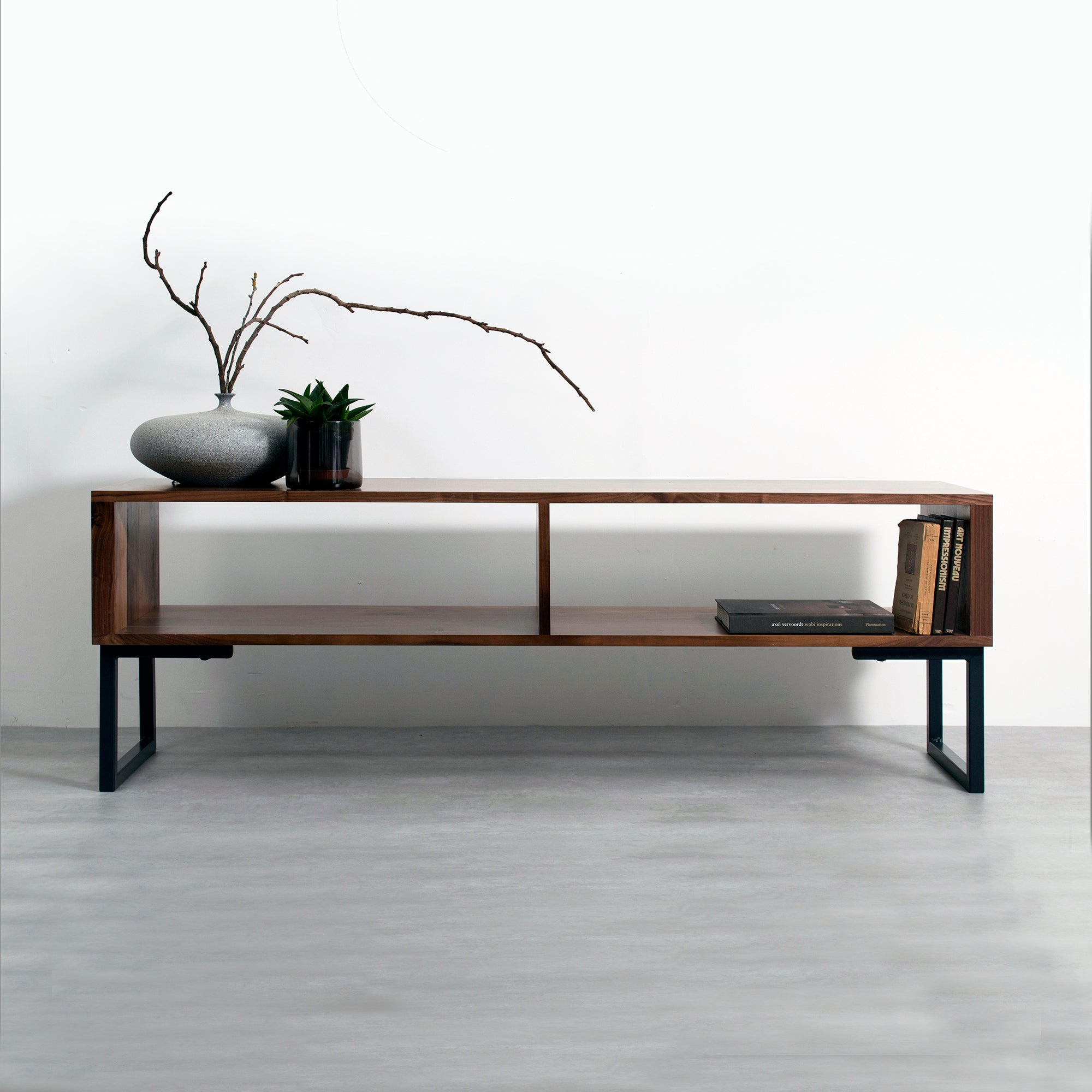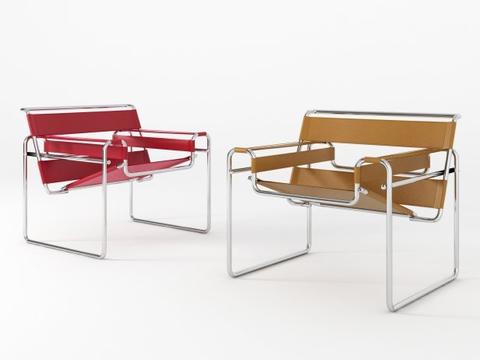
The eras of furniture design
In ancient times furniture and household goods were made using materials that grew or could be sourced nearby. Wood as a universally available resource was an obvious contender and widely used. Before the industrial revolution transformed pretty much everything about how we live our lives almost all furniture was made from solid wood.
And indeed, cabinetry was considered a highly prized craft during medieval times. Despite his fearsome reputation, Ghengis Khan would ensure that all craftspeople in the cities he conquered were spared and put to work so that their skills could be preserved and passed on. Art and crafts were seen as the hallmarks of a civilised society, representing its capabilities and demonstrating its affluence and power.

By the time of the industrial revolution, which gathered momentum in Britain and spread through Europe, British furniture design had been influenced by a myriad of styles. Colonialism gave us Queen Anne furniture with slender proportions borrowed from Japanese styles, and Chippendale furniture with square Chinese influences, while the puritanical Shaker movement gave us simple, unornamented cabinetry and chairs. A raft of furniture design styles was available, characterised mostly by differences in decorative elements.
Twentieth-century design
The world of furniture design was upturned at the beginning of the 20th century by advances in machining, technology and social needs. It ushered in a new, urgent demand for concentrated living, fuelled by an influx of workers to the cities.
In France, Le Corbusier and his peers saw the opportunity to overturn the status quo and usher in a new era of design: The Modernists (later known as the Bauhaus movement) sought to simplify the urban sprawl and inner-city chaos and create havens of simplicity and utilitarian organisation. The linear, minimalist architectural style overturned all previous notions of homeliness, comfort, decoration and personality of the individual. The style required a new aesthetic for furnishings.

Marcel Breuer designed his infamous Wassily chair as an exercise in functional logic - it was purportedly a chair designed to do no more than support a person in the seated position, in the most economical fashion possible. The fact that it was entirely uncomfortable and too large to be of practical use as an everyday seating solution for, say, dining at a table, is beside the point.
The Modernist style spawned a new era of simplicity, but the manufacturing of these furniture designs required new materials that had none of the impractical working properties of solid wood. The flat surfaces, linear forms, functional supports and overall appearance demanded innovation and new materials to work with.
Steel had to be shaped into curved backrests, then chromed to prevent corrosion. Wooden elements had to be thin, strong and mass-producible. Surfaces needed to be flat and uniform in colour, and materials needed to be easy to clean and maintain. The plastic industry helped designers to create moulds, allowing designs such as the Tulip chair by Eero Saarinen to take form.

Wood had to take a back seat, so to speak. It was too unpredictable, it wouldn't stay flat in thin sheets, and couldn't be engineered to have predictable tolerances for reliably connecting it to metal frames and structures.
Plywood, made from thin layers of wood glued together at right angles to each other became the new material du jour; it was strong, stable and able to be formed into curved shapes and complex designs without the need for traditional joinery.

The Eameses (Ray and Charles, that is) spent a career developing this material and combining it with metals and plastic to create the first generation of well-designed mass-produced furniture. Their designs are still a staple of the furniture industry and recognisable anywhere, from offices to airport lounges to dining rooms the world over.
Aside from anything else, the modernist designers shunned all connections to past aesthetics, so homely decorations, country-style traditions and carved ornamentation were all avoided in the explosion of new design solutions.
The Modernist style has been the most global of trends we have ever seen; it can be readily found in the style and proportions of any ubiquitous glass-windowed penthouse, poised atop a tower in London, Sao Paolo, Mumbai or Auckland. Millions of first homes feature regrettably short-lived homages to the aesthetic in the form of white laminate TV stands and cubic chests of drawers bought from that warehouse with the large blue and yellow logo.
It's not all peeling veneers and chipped pulpboard though - the modernist movement gave us an appreciation of space, serenity, calm and inner reflection that is hard to cultivate in a baroque dining room or a cluttered terraced house.
A return to authenticity
However, more recently we have seen a return to an appreciation of the authenticity that real, solid wood brings to a home.

The rise in artisan makers, the interest in traditional crafts, and the demand for environmentally conscious products has fuelled a new love of all things natural, authentic and sustainable. We may see a time soon when owning a polycarbonate plastic chair is regarded with as much contempt as someone who stubbornly refuses to recycle their drinks cans.
It is undeniable that many of the things we like, that make us feel happy, are things that have been around for millennia - drinking a glass of wine, sharing a bowl of olives or sliced parma ham with friends around a wooden table, sat on a wooden bench, shaded from the sun by a bleached cotton awning over the veranda. We've been enjoying these things that for 3000 years or more. But maybe the time has now come for the best of modernism to join forces with the charm and authenticity of age-old craftsmanship to see where that takes us...?
Blog posts

Vinyl Record Storage Furniture Ideas: Maximizing Space & Style
Vinyl records have made an incredible comeback, and enthusiasts understand the need for proper storage to preserve their cherished collections. With the surge in popularity, furniture designed for ...
Read more
Why and How to Press Your Records at Diggers Factory?
For independent artists, the journey to stardom can be an uphill battle. In the digital age, where streaming platforms rule the music industry, making a name for yourself as an indie artist can be ...
Read more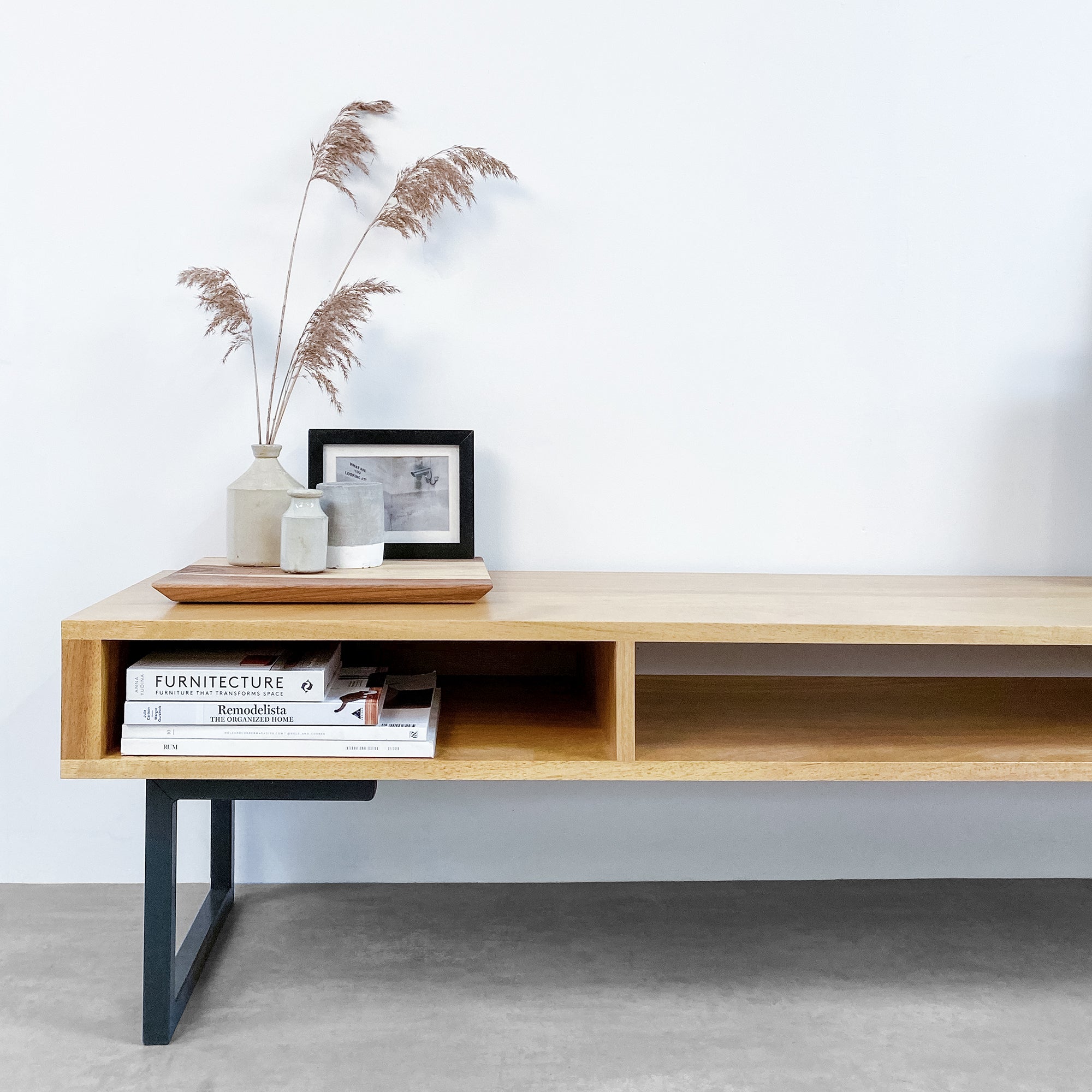
Wide TV Stand Options for the Perfect Setup
A TV stand is not just a piece of furniture; it's an integral part of your entertainment setup and something used and seen every day. While its primary purpose is to support your television, a well...
Read more
